Bacteriology Specimen Collection And Processing Quiz
(113).jpg)
Bacteriology is the scientific study of bacteria. Bacteria can be either good, that is beneficial bacteria or bad that is a harmful bacterium. In the quiz below, we analyze the specimen collection and processing. All the best as you attempt.
- 1.
Stool culture can be ordered to detect enteric pathogens such as _______ (choose al that apply)
- A.
Eschericia coli 0157:h7
- B.
Salmonella
- C.
Shigella
- D.
Paragonimus
- E.
Plasmodium
- F.
Epstein barr virus
Correct Answer(s)
A. Eschericia coli 0157:h7
B. Salmonella
C. ShigellaExplanation
A stool culture can be ordered to detect enteric pathogens such as Escherichia coli 0157:H7, Salmonella, and Shigella. These pathogens are known to cause gastrointestinal infections and can be identified through a stool culture test. The test involves collecting a stool sample and culturing it in a laboratory to identify the presence of these specific pathogens. The presence of any of these pathogens in the stool sample can indicate an infection and help guide appropriate treatment. The other options listed (Paragonimus, Plasmodium, and Epstein Barr virus) are not enteric pathogens and would not be detected through a stool culture.Rate this question:
-
- 2.
This is a complete UA and microbiology kit that can be purchased from BD. which of the three contains preservative for microbiology
- A.
- B.
- C.
Correct Answer
A. -
- 3.
This is a complete UA and microbiology kit that can be purchased from BD. which of the three is for urinalysis
- A.
- B.
- C.
Correct Answer
B. Answer option2Explanation
Answer option 2 is for urinalysis because it is mentioned in the question that the kit is for UA (urinalysis) and microbiology. Since option 2 is specifically mentioned as for urinalysis, it is the correct answer.Rate this question:
-
- 4.
This is a complete UA and microbiology kit that can be purchased from BD. which of the three is the patient sample urine collection with screw cap equipped with transfer device to transfer urine
- A.
- B.
- C.
Correct Answer
C. Answer option3 -
- 5.
which of the following is a fixative for intestinal parasites (O & P)
- A.
- B.
- C.
- D.
- E.
- F.
- G.
Correct Answer(s)
A. Answer option1
B. Answer option2
C. Answer option3Explanation
The correct answer is a combination of Answer option1, Answer option2, and Answer option3. These three options are considered fixatives for intestinal parasites (O & P). Fixatives are substances used to preserve and immobilize the parasites in order to prevent their degradation or movement during the laboratory testing process. Using fixatives ensures that the parasites remain intact and can be accurately identified and analyzed under the microscope.Rate this question:
-
- 6.
which of the following is a preservative for bacterial culture
- A.
- B.
- C.
- D.
- E.
- F.
- G.
Correct Answer
D. Answer option4Explanation
Answer option4 is a preservative for bacterial culture.Rate this question:
-
- 7.
which of the following is a clean vial for stool specimen with no additive and can be used for bacterial culture if delivered to lab quickly
- A.
- B.
- C.
- D.
- E.
- F.
- G.
Correct Answer
G.Explanation
The correct answer is option 2. A clean vial with no additive is suitable for a stool specimen for bacterial culture if delivered to the lab quickly. This means that the vial should not contain any preservatives or chemicals that could interfere with the growth of bacteria in the culture. It is important for the specimen to be delivered promptly to the lab to ensure accurate results, as delays in transportation can lead to the overgrowth of certain bacteria or the loss of viability of others.Rate this question:
-
- 8.
which of the following is a specimen collection container?
- A.
- B.
- C.
- D.
- E.
- F.
- G.
Correct Answer(s)
E.
F. -
- 9.
which of the following is an all in one fixative that is also safe
- A.
- B.
- C.
- D.
- E.
- F.
- G.
Correct Answer
A. Answer option1 -
- 10.
which of the following is 10% formalin
- A.
- B.
- C.
- D.
- E.
- F.
- G.
Correct Answer
B. Answer option2 -
- 11.
which of the following is poly vinyl alcohol
- A.
- B.
- C.
- D.
- E.
- F.
- G.
Correct Answer
C. Answer option3Explanation
Poly vinyl alcohol is a synthetic polymer that is soluble in water and forms a transparent film when dried. It is commonly used as a coating agent, adhesive, and emulsifying agent in various industries. Answer option3 is the correct answer as it suggests that poly vinyl alcohol is one of the options provided.Rate this question:
-
- 12.
Each blood culture bottle contains a sensor that responds to changes in CO2, which is released as microorganisms grow. when the bacTalert detector detects a change in the sensor, the instrument alarm goes off and stays on until the bottle has been removed. after this bottle is removed, what is next
- A.
Inoculation unto agar plates and gram stain for identification
- B.
Inoculation into water and koh prep
- C.
Taste the blood for bacteria readiness
- D.
Immediately discard
Correct Answer
A. Inoculation unto agar plates and gram stain for identificationExplanation
After the blood culture bottle has been removed, the next step is to inoculate the sample onto agar plates and perform a gram stain for identification. This process allows for the growth of microorganisms on the agar plates, which can be further analyzed and identified through the gram stain. This is a standard procedure in microbiology laboratories to determine the presence and type of bacteria in a blood sample.Rate this question:
-
- 13.
When using a winged infusion set (butterfly needles) to draw blood culture bottle set, which tube gets drawn first
- A.
Aerobic
- B.
Anaerobic
- C.
Parasite
Correct Answer
A. AerobicExplanation
When using a winged infusion set (butterfly needles) to draw blood culture bottle set, the aerobic tube is drawn first. This is because aerobic bacteria require oxygen to grow and thrive, so the aerobic tube is used to collect samples for testing for aerobic bacteria. The anaerobic tube is used to collect samples for testing for anaerobic bacteria, which do not require oxygen to grow. The parasite tube is used to collect samples for testing for parasites.Rate this question:
-
- 14.
Choose all possible consequences of not thoroughly cleansing the venipuncture site before blood culture collection
- A.
True pathogen is not detected in the presence of skin flora
- B.
Unnecessary treatment of patients because of contaminated specimen
- C.
Blood will turn black
- D.
Blood will smell like ketchup
Correct Answer(s)
A. True pathogen is not detected in the presence of skin flora
B. Unnecessary treatment of patients because of contaminated specimenExplanation
Not thoroughly cleansing the venipuncture site before blood culture collection can result in the true pathogen not being detected in the presence of skin flora. This is because the skin flora can contaminate the blood sample, leading to a false negative result. Additionally, it can lead to unnecessary treatment of patients because of a contaminated specimen.Rate this question:
-
- 15.
Healthcare personnel who are carriers of resistant bacteria such as MRSA can unknowingly transmit the bacteria to others.Thus carriers of MRSA should be identified by culturing nasal swabs
- A.
True
- B.
False
Correct Answer
A. TrueExplanation
The explanation for the given correct answer is that healthcare personnel who carry resistant bacteria like MRSA can unknowingly spread the bacteria to others. Culturing nasal swabs is a reliable method to identify carriers of MRSA, as the bacteria often colonize in the nasal passages. By identifying carriers, appropriate measures can be taken to prevent the transmission of MRSA within healthcare settings and protect patients and staff from infections.Rate this question:
-
- 16.
Streptococcus pneumoniae and Klebsiella pnuemoniae are two examples of bacteria that causes pneumonia (an inflammatory condition of the lung) that can be isolated from the sputum of affected individuals
- A.
True
- B.
False
Correct Answer
A. TrueExplanation
Streptococcus pneumoniae and Klebsiella pneumoniae are indeed two examples of bacteria that can cause pneumonia. These bacteria can be isolated from the sputum of individuals who are affected by pneumonia. Therefore, the statement is true.Rate this question:
-
- 17.
What types of swabs are used most commonly for collection of specimen for bacteriological culture? (choose all that apply)
- A.
Dacron
- B.
Rayon
- C.
Cotton
- D.
Gauze
Correct Answer(s)
A. Dacron
B. RayonExplanation
Dacron and rayon swabs are commonly used for collecting specimens for bacteriological culture. These types of swabs are preferred because they have excellent absorption and release properties, which allow for efficient collection and transportation of the specimen. Cotton swabs are not commonly used for bacteriological culture as they may contain inhibitors that can interfere with the growth of bacteria. Gauze is not typically used as a swab for specimen collection, as it is not designed to effectively absorb and release the specimen.Rate this question:
-
- 18.
Choose all that apply. choose all the types of information that can be found in the specimen collection manual of regional reference laboratories as well as on the test menu found their websites
- A.
Appropriate collection sites
- B.
Appropriate collection procedure
- C.
Appropriate transport media
- D.
Procedures for preparing various specimens for transport
- E.
How to spill specimen
- F.
Who to diagnose patient
Correct Answer(s)
A. Appropriate collection sites
B. Appropriate collection procedure
C. Appropriate transport media
D. Procedures for preparing various specimens for transportExplanation
The specimen collection manual of regional reference laboratories, as well as the test menu found on their websites, would include information on appropriate collection sites, appropriate collection procedures, appropriate transport media, and procedures for preparing various specimens for transport. This information is crucial for ensuring that specimens are collected and handled correctly to maintain their integrity and ensure accurate testing. The manual and test menu would not typically include information on how to spill a specimen or who should diagnose the patient.Rate this question:
-
- 19.
Can formalin and PVA be used to preserve stool specimen for O & P
- A.
Yes
- B.
No
Correct Answer
A. YesExplanation
Formalin and PVA (Polyvinyl Alcohol) can be used to preserve stool specimens for O & P (Ova and Parasite) testing. Formalin acts as a fixative, preserving the morphology of the parasites, while PVA is used as a preservative to prevent degradation of the specimen. Both substances help in maintaining the integrity of the stool sample, allowing for accurate analysis and identification of ova and parasites. Therefore, yes, formalin and PVA can be used to preserve stool specimens for O & P testing.Rate this question:
-
- 20.
Can formalin and PVA be used to preserve stool specimen for C & S
- A.
Yes
- B.
No
Correct Answer
B. NoExplanation
Formalin and PVA (polyvinyl alcohol) cannot be used to preserve stool specimens for culture and sensitivity (C&S) testing. Formalin is a fixative that is commonly used for preserving tissues for histological examination, but it is not suitable for preserving microorganisms in stool specimens. PVA is a preservative that is often used for preserving parasites in stool specimens, but it is not effective for preserving bacteria or other microorganisms for C&S testing. Therefore, neither formalin nor PVA can be used for preserving stool specimens for C&S.Rate this question:
-
- 21.
Can cary blair or be used to preserve stool specimen for C & S
- A.
Yes
- B.
No
Correct Answer
A. YesExplanation
Cary-Blair can be used to preserve stool specimens for culture and sensitivity testing.Rate this question:
-
- 22.
Can cary blair or be used to preserve stool specimen for O & P
- A.
Yes
- B.
No
Correct Answer
B. NoExplanation
Cary-Blair is a transport medium used to preserve stool specimens for bacterial culture, not for O&P (Ova and Parasite) testing. O&P testing requires specific fixatives and preservatives to prevent degradation of the parasites and eggs present in the stool sample. Therefore, Cary-Blair cannot be used to preserve stool specimens for O&P testing.Rate this question:
-
Quiz Review Timeline +
Our quizzes are rigorously reviewed, monitored and continuously updated by our expert board to maintain accuracy, relevance, and timeliness.
-
Current Version
-
Mar 21, 2023Quiz Edited by
ProProfs Editorial Team -
Nov 01, 2013Quiz Created by
Lola Agbetunsin
 Back to top
Back to top



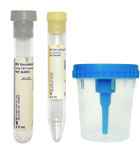
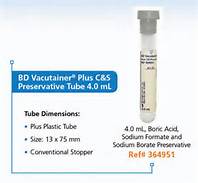
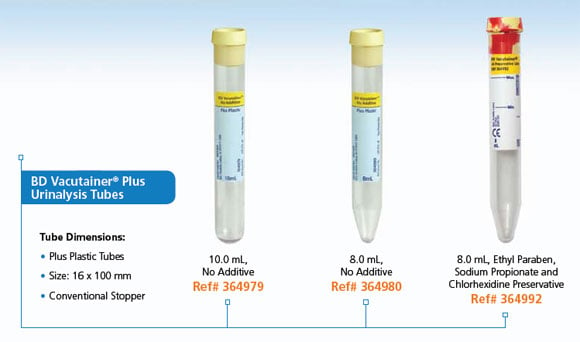

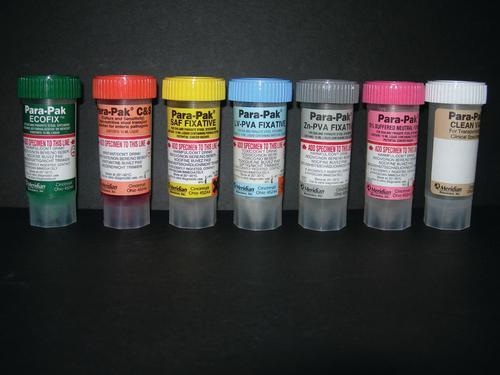
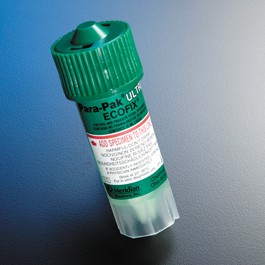
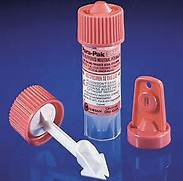
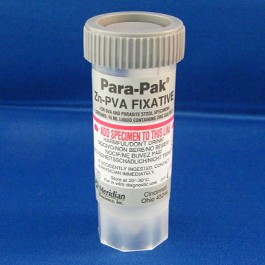
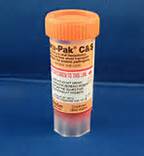
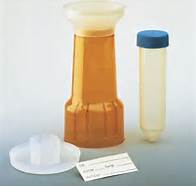
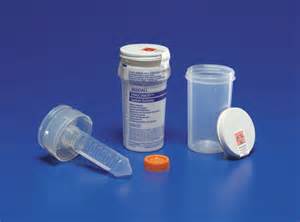
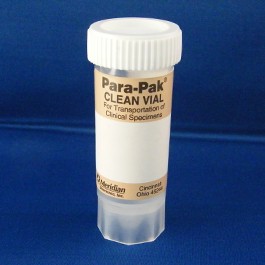

.jpg)
.jpg)